Grade 4-7
Environmental Awareness, Waste Prevention and more.
We have a volume of class options that are educational for them, interactive and fun. If you would like to talk more about having us in your classroom, please fill out the form at the bottom of this page and we will be in touch soon.

Environmental Awareness Programs
Our Natural Resources
- recognize that the earth is the source of everything we make, use, and throw away
- differentiate between natural resources and human-made items and their associated life cycles.
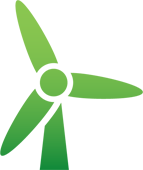
Famous Environmentalists
- learn some historical facts from an environmental perspective
- understand how over time societal changes have affected environmental discovery and preservation.
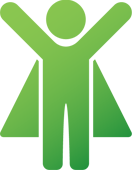
Nature & Pond Study
Offered in May or June
- have the opportunity to explore basic aspects of the natural world at Forests for the World
- be provided with field materials (nets, magnifying glasses, water testing materials, field guides) and a field notebook with specific tasks.

Electronics
- learn common elements used to make smartphones
- learn how improper disposal of electronics can harm the earth
- participate in group activities on electronics in our environment.
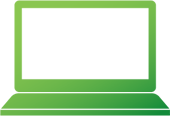
Food Energy
- learn how food can produce gas that could be used in their home
- do a hands-on experiment in which they will see food producing gas.
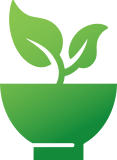
Climate Change
- learn about climate change: causes, consequences and what we can do
- observe two models representing the greenhouse effect
- learn how the earth’s weather and climate are impacted.
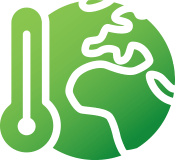
Potato Ways
- learn that thoughtful and informed choices generate less waste
- compare and contrast the price per kilogram of products to the amount of waste they generate
- analyze the positive and negative aspects of packaging.
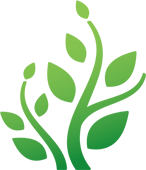
Eco Logic
- put their environmental IQ to the test in this Jeopardy-style game
- learn about their natural surroundings and explore issues of air, water, and land
- analyze the positive and negative aspects of packaging.
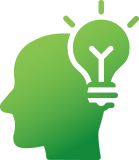
Food for Thought
- follow the journey of food from the field to factory to their home
- understand the environmental impact of their food choices
- learn about healthy food choices.

H2Ozone
- have a close look into our water and air, and their cycles
- learn about water and air pollution
- learn why it is important to protect these vital resources
- clean up an oil spill and look at different kinds of pollution affecting our waters.
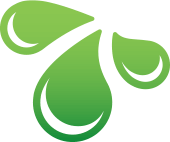
Recycling and Composting Programs
We Can Recycle!
- recognize the universal recycling symbol
- learn what can be recycled locally and globally
- learn how ‘recyclables’ are made into something new
- learn why it is important to buy recycled products.
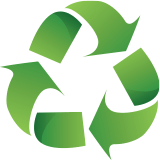
Popular Paper
- explain the benefits of recycling paper and using fewer natural resources
- calculate answers to a variety of paper production math problems
- make their own paper.
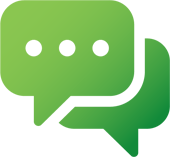
Classroom Trash Audit
- define, give examples of, and sort waste
- estimate the amount of waste they personally create
- calculate the amount of waste they can save from landfill and incinerators if they recycle.

Plastic Polymers
- learn the history of plastics, and how plastics are made
- recognize the types of plastics and their uses
- discuss the “plastic island” humans have created
- make their own plastic.
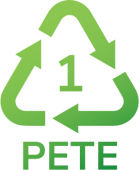
Waste Prevention Programs
There is No Away!
- recognize that there is no “away” in “throw it away”
- identify the destination of the waste they generate at home, and at school with a classroom trash audit
- identify the negative aspects of dumping or burning trash
- learn the “solid waste hierarchy” for managing trash.
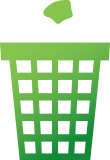
Where is Away? – A Look at a Modern Landfill
- understand that waste does not go “away”
- look at the most common methods of disposing solid waste
- build a model landfill and observe how different materials breakdown over time.
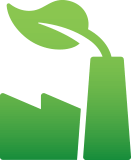
Wants & Needs
- learn to discriminate between wants and needs, quantity and quality, and necessities and luxuries
- make predictions about the impact of certain behaviors (uses The Lorax by Dr. Seuss)
- assess factors that affect consumer purchases
- recognize that consumer choices have an environmental impact.

Buyer’s Choice
- assess the factors that affect their purchases
- recognize that a number of economic factors affect consumer choices and that some factors are environmental in nature.

Packaging: The Good, Bad, and Ugly
- discuss the purpose of packaging
- compare the different natural resources used in packaging
- determine that some packaging is easier to recycle than others
- decide whether packaging is necessary and appropriate.
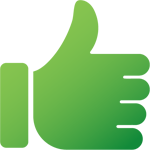
What the World Eats
- understand the differences and similarities of the foods that people eat from different countries and culture preferences
- understand the difference between processed and whole food
- discuss the environmental impact of food choices.

Second Time Around
- participate in two skits about reusing materials and write additional parts to the skits
- recognize the benefits of reuse
- develop ways to reuse a variety of products.

Adopt-a-Worm
Limited number of bins available
- learn about worm anatomy
- have hands-on learning about the process of composting with worms
- care for a worm bin for the school year in the classroom and recycle their lunch waste.
The presentation can be modified to introduce worms BUT not have to care for a bin all school year.
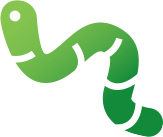
Salmonids in the Classroom
Limited tanks available
- rear salmon through the Stream-to-Sea program
- through Fisheries & Oceans Canada be provided with specially equipped aquariums and fertilized eggs for the class in the fall, and in June the children release their young fry into the Nechako River.
Other presentations about habitat, life cycle, or anatomy/fish dissection are also offered without commitment to tank incubation.
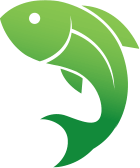
Forager Fish
Companion program to Salmonids in the Classroom
- learn the importance of forager fish in the marine ecosystem
- make connections to the ocean phase of their salmon fry’s life cycle
- learn about food chains and food webs, and the vital link that certain species have within food webs.
